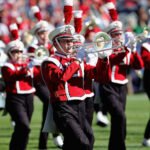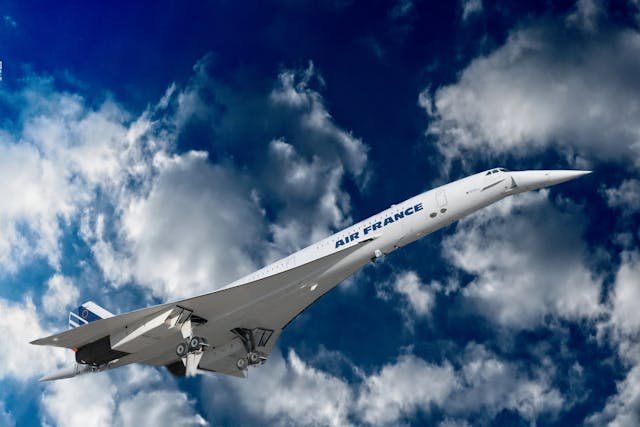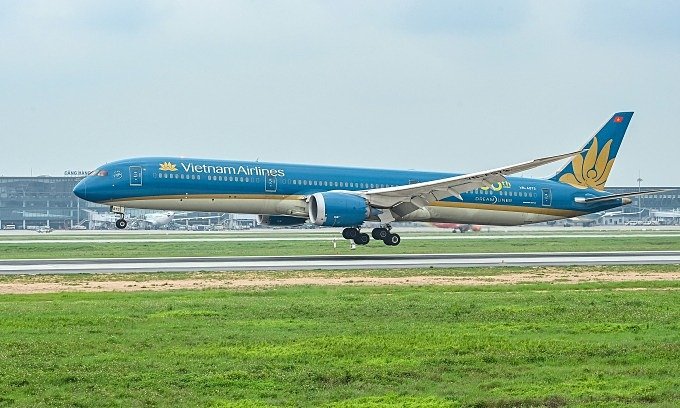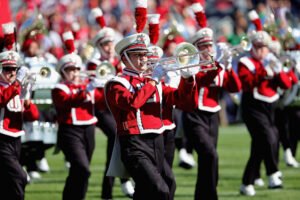
March 1969: birth of the Concorde
The rise and fall of aviation’s most glamorous airliner
? The iconic, sleek flying blade has not been seen in the skies since November 2003 yet remains a symbol of its age.
Concorde is the result of a combination of factors from the sixties: progress in aeropace technology, increased air travel and low fuel prices. Its maiden commercial flight was in March 1969.
The idea was to dramatically cut intercontinental flight times, from about 8 to 3.5 hours in the case of London to New York. This led to business lawyers flying from London for breakfast meetings with US colleagues and then flying right back the same day. In 1985, Phil Collins performed at Wembley Stadium in London as part of the Band Aid festival and then flew to appear at the Philadelphia leg before the festival ended.
Thanks to Concorde.
The beginning of the end for Concorde
The beginning of the end started on 25 July 2000, when Air France Flight 4590 crashed shortly after take-off, killing all 109 occupants and four people on the ground. Until then, Concorde had been the safest airplane in circulation. Commercial service was suspended until November 2001. The surviving aircraft were retired in 2003, 27 years after commercial operations had begun.
Most of the 20 models that were built can now be visited at various locations in Europe and North America. The engineering also has a dedicated museum at Chihuahua, Mexico.
6 things that made Concorde remarkable
· When “supercruising”, the airliner travelled at twice the speed of sound for 75% of the distance.
· The fastest transatlantic flight was from New York JFK to London Heathrow on 7 February 1996 in 2 hours, 52 minutes, 59 seconds from take-off to touchdown.
· The name Concorde – as opposed to the more English Concord – was the subject of much wrangling between the French and British partners.
· The surface had to be covered with highly reflective white paint to avoid overheating the aluminium structure due to heating effects.
· Concorde high cruising altitudes of 17,000 metres meant that people on board received almost twice the flux of extraterrestrial ionising radiation as those travelling on a conventional long-haul flight.
· Boeing also wanted to enter the supersonic race with the 2707, which was cancelled in 1971 before any prototypes were built.
(Michael Leahy. Photo: Franz Hermann / Pexels)
Share this content:




















Post Comment